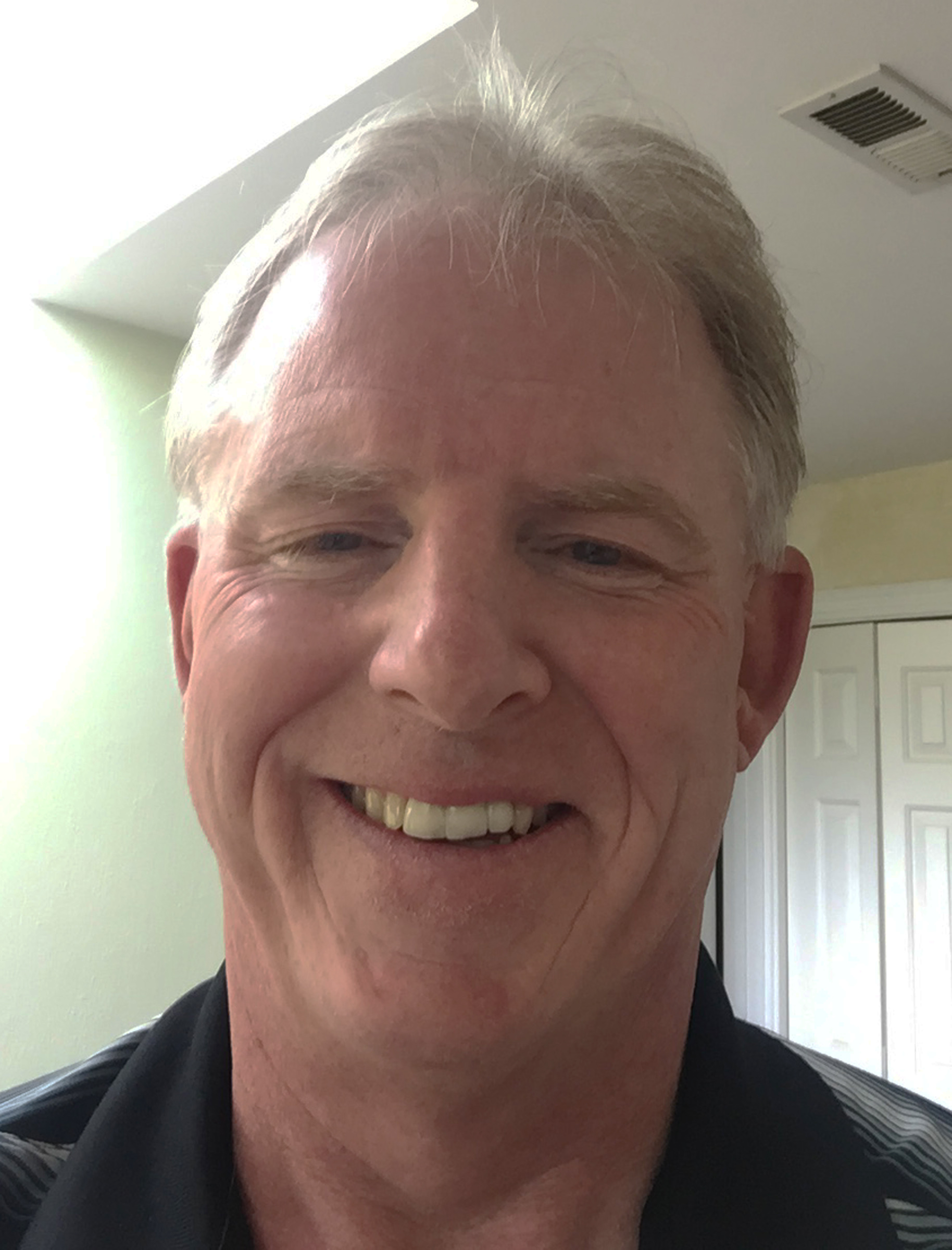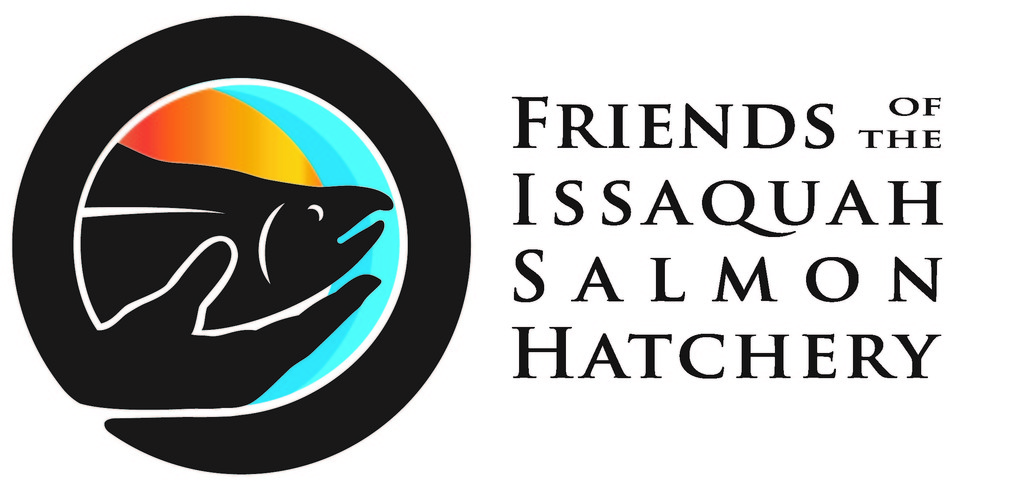The science of salmon is more than a job for Mike Mahovlich
The science of salmon is more than a job for Mike Mahovlich
Just two years into his new job in fisheries management with the Muckleshoot Tribe, Mike Mahovlich got a desperate phone call. It was Steve Bell from Issaquah on the line. News had just broken that the Washington Department of Fish and Wildlife planned to close the historic Issaquah Salmon Hatchery. City officials, Chamber of Commerce members, students and citizen volunteers were mobilizing to save the hatchery. Would Mahovlich and the Tribe be able to help?
Immediately, Mahovlich realized the stakes involved. Without the Issaquah hatchery supporting survival of chinook and coho stocks in the Lake Washington basin, the runs would likely decline and disappear within a few years. By 1992, evidence of the environmental damage created by urban development was showing up in local waters.
“Especially in the Lake Washington watershed, we started to see things crashing with the sockeye run,” Mahovlich remembered. “At the same time, the state was giving up on the Issaquah hatchery.”
Now serving as assistant director of harvest management for the Muckleshoot Tribe, Mahovlich remembered those years in the early 1990s as the Tribe’s fisheries work expanded following the Boldt decision assuring tribal treaty rights to half of the harvestable fish runs. Tribal operations were very small then, but he started projects such as fry trapping in the Cedar River to assess survival rates as well as expanding the hand-counting of returning adult salmon at the Ballard Locks. Among all of the non-native predation, warm water conditions and pollution, the proposed closure of the Issaquah hatchery was a new threat to the Northwest’s iconic fish.
“You never walk away when things are bad; you do the exact opposite and dig your heels in,” Mahovlich said. “The Issaquah hatchery is the heart and soul of the chinook and coho runs for the whole Lake Washington basin.”
He jumped right into the Issaquah community effort to save the hatchery. “We had just a small group, but I knew I could get the Tribe involved at the policy level including a strong lobbying effort approved by the council,“ he said. With treaty rights to harvesting salmon throughout its historical fishing grounds, the Muckleshoot Tribe serves as a co-manager of the salmon runs and has a great interest in their survival.
“We told the state early on not only that the hatchery was not going away, but we were going to rebuild it better than ever for the salmon, both adults and juveniles, along with a very strong educational program, which hadn’t been done at any state facility. I got right into the middle and came up with the master plan in phases.”
Those phases – starting with replacing the migration-blocking weir, followed by a new fish ladder and holding ponds, then rearing ponds and a watershed science center – helped convince the state to maintain and rebuild the community and regional resource in Issaquah.
“The final powerful message that was being carried (to Olympia) was the need to start educating the public,” Mahovlich said. “That was a huge missing link at state hatcheries.” Because of Issaquah’s close proximity to a major urban area and its easy access in the middle of old town a short distance from I-5, the Issaquah hatchery was promoted as the best place in the state for public outreach about salmon and habitat conservation.
“It’s an investment into the next seven generations,” Mahovlich said, referring to the Native philosophy of managing natural resources so that descendants seven generations away will still benefit from the same environment. “We need to be not so short-sighted. The salmon habitat is not coming back.”
He said he believes that people can learn to live alongside fish while mitigating the habitat damage done by urban development.
“How do we make sure the cities embrace it? How do we keep the fish alive for the next seven generations?” he wondered. The rebuilt hatchery, combining fish culture with education, was the answer. “There should be sustainable, harvestable fish for everyone. You have to work with what you got in hand, and that is not much when it comes to salmon standards in this urban concrete jungle of a watershed. You can’t go to Target and buy a new watershed.”
As the hatchery promotion efforts heated up, Mahovlich moved from Seattle to Issaquah and joined the board of the newly formed Friends of the Issaquah Salmon Hatchery. For years, he helped steer the new non-profit agency as it developed education programs and solicited grants and donations. He trained volunteer recruits to interpret the salmon story and explain their biology, lifecycle and habitat needs to the many thousands of visitors arriving at the hatchery to view the annual migration spectacle.
“What I am most proud of when it comes to the education side of the hatchery is that the final rebuilding master plan incorporated my idea of putting in glass walls so all visitors could get race to face and inches away from these magnificent adult salmon,” Mahovlich said. “This is a learning experience for everyone young and old to enjoy.”
His passion for fish started very early in life, growing up in Coquitlam, B.C. and fishing for trout in his backyard stream. As a teenager, he turned to athletics and earned a scholarship to the University of Washington in track and field, where he threw the javelin. His prowess in the sport even earned him two trips to the Olympics with the Canadian team, and he continued to compete, working through an Achilles tendon injury, retiring in 1990 after the Commonwealth Games in Aukland, New Zealand.
After college, he returned to Canada and worked with the Pacific Salmon Commission and Department of Fisheries and Oceans in Vancouver, B.C. Eventually, he applied for a job with the Washington Department of Wildlife (before it merged with Fisheries). He was offered a volunteer position. Disappointed, he continued looking, and two weeks later, in the autumn of 1990, saw the posting for the Muckleshoot job. As he prepared to go in for his interview, he saw one of his college professors walk out ahead of him, and once again was prepared to be disappointed. Instead, he ended up as the 77th employee hired by the Tribe.
Thirty-four years later, he’s constantly called upon to develop policies and strategies in the ongoing efforts to save struggling salmon populations. As threatened Puget Sound chinook were experiencing pre-spawn mortality and not making it through the lakes and rivers to their spawning grounds, Mahovlich devised an experiment that transferred a few adult chinook from the Locks where they entered fresh water directly to the Issaquah hatchery. It worked.
Encouraged by the success, he proposed to the Washington Department of Fish and Wildlife (WDFW) extending it to the decimated sockeye run. In June of 2021, as Seattle experienced a heat dome and record high temperatures above 100 degrees, the co-managers started the transfer by dip-netting live sockeye at the Ballard locks fish ladder, placing them in a live tank on a boat, then hauling them to a Port of Seattle landing station. The fish then were loaded in truck tanks to drive to the Cedar River hatchery at Landsburg. They devised three different acclimation processes during the six-hour trip to help the fish adapt to the varying water temperatures.
Over the past three summers, the program moved more than 3,000 sockeye without one enroute mortality. All the fish made it to the hatchery safely and ripened in holding ponds over the next four months, finishing their life cycle with a very high spawning success rate. Now known as BLAST (Ballards Locks Adult Sockeye Transfer), the program has given the co-managers hope that the Tribe and local residents will again enjoy sockeye fisheries in Lake Washington where, a few years ago, it looked like extinction was likely to happen in the very near future.
Thanks to his work on partnerships with the Tribe, WDFW and non-profit organizations, other projects are making progress on protecting the Lake Sammamish kokanee as well as Cedar River sockeye through extended rearing of fry at the Issaquah hatchery and reducing non-native predators such as bass and perch. He pointed out that the importance of the work at the Issaquah hatchery extends well beyond the community and the watershed, because so many people and species depend on hatchery origin salmon, such as the Southern Resident Killer Whale (SRKW) or orca populations – the J, K and L pods – which prefer the large chinook salmon for food.
Mahovlich still mourns the loss of the steelhead run in the Lake Washington basin, which includes Lake Sammamish and the Issaquah Creek watershed. The Issaquah hatchery at one time raised steelhead to release into the watershed, but eventually, federally protected sea lions cornered the returning fish in tight quarters as they entered the fish ladder at the Ballard Locks, and ate most of them.
“I don’t want to lose another species on my watch,” he said.

